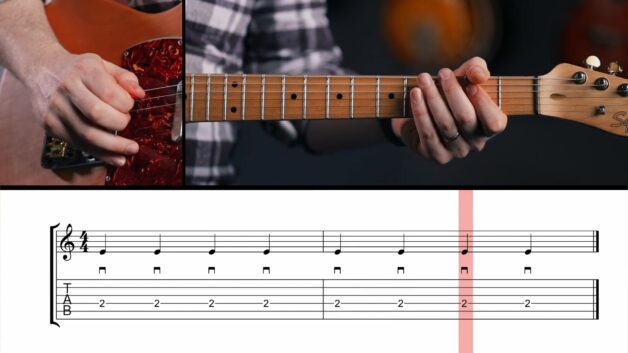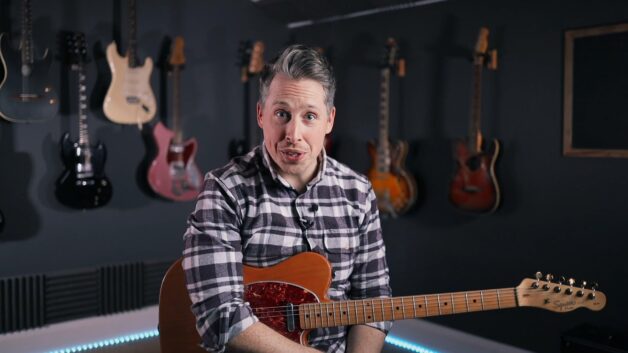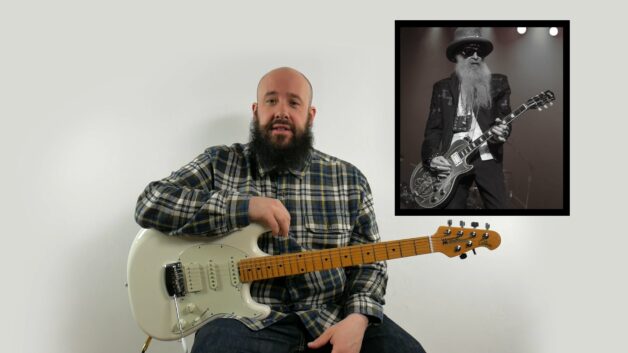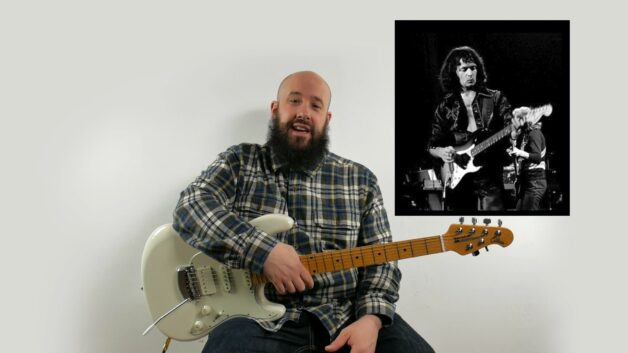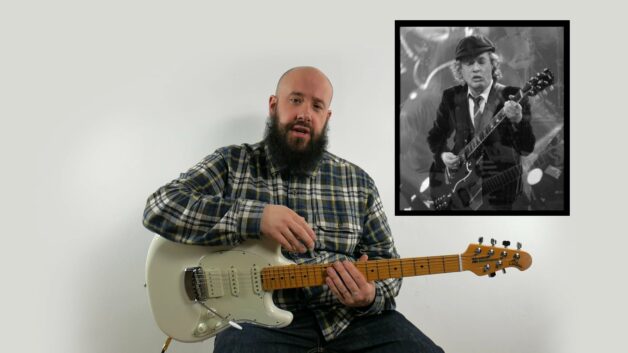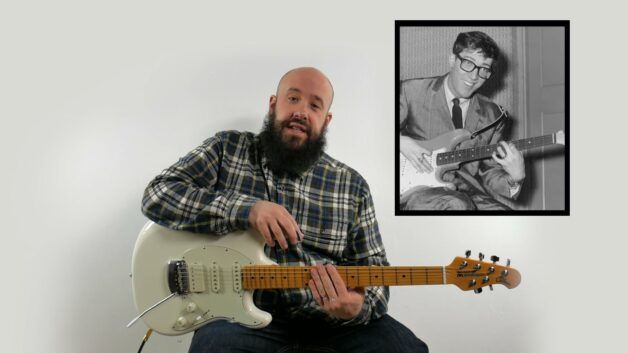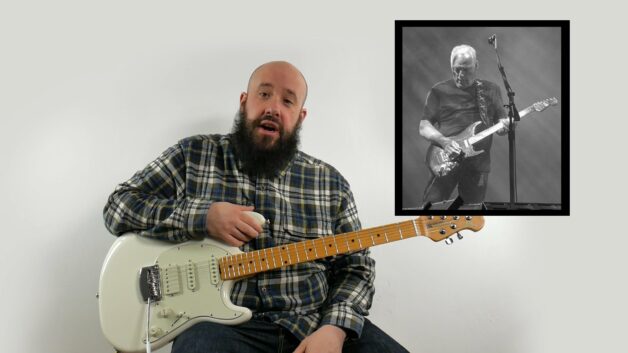Understanding Whole Notes, Half Notes and Quarter Notes
Whole, Half and Quarter Notes, The Foundation of Rhythm
Learning rhythm is one of the biggest hurdles for beginner guitarists. It’s easy to focus on playing the right notes while completely overlooking timing, but rhythm is what truly holds a piece of music together. Whether you’re strumming along to “Wonderwall” or trying to master blues phrasing, a solid understanding of note values is essential.
The Whole Note: Let It Ring
The whole note is the longest standard note value in common time, lasting for four full beats in a 4/4 measure. When you play a whole note, you’re letting the sound sustain for the entire bar. If you’re tapping your foot, you’ll count one, two, three, four before moving to the next note.
Many beginner guitarists struggle with keeping time when playing whole notes. Sometimes they cut them off too early, or they rush ahead without realizing it. A useful trick is to play along with a metronome or a simple drum loop to keep yourself grounded.
Half Notes: Splitting the Measure in Two
A half note lasts for two beats, meaning you can fit two of them in a measure of 4/4 time. Instead of holding for the entire measure, you now play a note on beat one and another on beat three. This subtle difference introduces a natural division in the rhythm, which is why half notes often appear in melodies that need space between phrases.
One way to practice this is by playing a simple chord change. Example: try alternating between C major and G major, strumming a half note on each chord. This helps develop a sense of control over your rhythm and timing.
The Quarter Note: The Core of Most Rhythms
Quarter notes are where things start to feel more structured. Each quarter note lasts for one beat, meaning you play four notes per measure in 4/4 time. This is the fundamental pulse of most modern music. When you tap your foot to a song, chances are you’re following the quarter note beat.
One of the most common beginner mistakes is playing quarter notes inconsistently, either by rushing ahead or hesitating on certain beats. A great way to internalize quarter note timing is to practice with a backing track, starting slow and gradually increasing the tempo.
How to Improve Your Sense of Rhythm
Mastering rhythm is about more than just counting, it’s about feeling the pulse of the music. Here are a few practical exercises to reinforce your timing:
- Clap and Count: Before picking up the guitar, try clapping along to a metronome, counting whole, half, and quarter notes out loud.
- Foot Tapping: Always tap your foot while playing. It helps synchronize your body with the beat.
- Play Along with Songs: Find simple songs that emphasize steady rhythm. Tracks like “Knockin’ on Heaven’s Door” (Bob Dylan) or “Let It Be” (The Beatles) are great starting points.
- Use a Metronome: Start at a slow tempo and work your way up. Consistency is more important than speed.
Common Mistakes to Avoid
Even with practice, many beginners fall into a few common traps when learning note values:
- Cutting Notes Too Short: Whole and half notes should be played for their full duration, don’t rush to the next note.
- It’s essential to play while counting rhythmic formulas and tapping your foot to the tempo, whether with a metronome or to backing music.
Taking the Next Step
Once you’re comfortable with whole notes, half notes, and quarter notes, you’ll start to recognize them everywhere, from folk songs to rock ballads. The more you internalize these rhythms, the more naturally you’ll be able to lock into the groove of a song. Keep practicing with different tempos, experiment with backing tracks, and most importantly: listen carefully to the rhythm of the music you’re playing.
